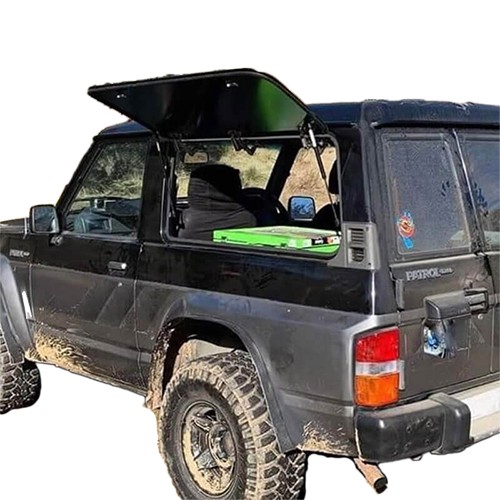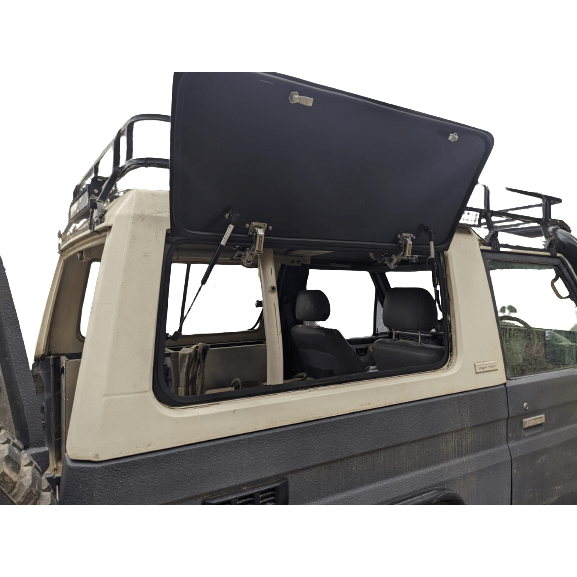Cargo Barriers
One of the great things about your 4wd is the amount of stuff you can load in the back. You can get all your camping gear in there, or the tools and supplies you need for a full day’s work. Of course that’s all good if it stays in the back like it’s supposed to, but what if things start flying around? It doesn’t even need an accident to do that – 4wds are built for rough ground, but bounding around over rocks can throw stuff into the passenger compartment and that’s dangerous. If you’re planning on loading your vehicle up you need a cargo barrier to keep everything where it’s meant to be.
Cargo barriers aren’t complicated, but they aren’t cheap either. The good news is you can knock one up in an afternoon with some inexpensive materials. Chances are you can do it for less than $100, which is a small price to pay for keeping everyone safe.
If you fancy having a go at this the first thing to do is make sure you have the tools and can use them. That’s no big deal – the main ones you’ll need are a welder, an angle grinder and a drill. Then sort out the materials. 10mm steel rod makes an ideal frame – it’s not too heavy, but strong enough to do the job. For the barrier itself you’ll need weld mesh. Finally don’t skimp on fixing bolts – get the best ones you can find.
Before you start cutting any metal have a good look at the inside of your vehicle. If your barrier interferes with vehicle equipment you need, it’s not going to get used. This all depends on what you use your 4wd for. If you plan to take your young family touring you’ll probably want to leave the child seat attachments clear. If it’s a working vehicle and your only passengers will be sheep that’s not as vital. Next look for good strong mounting points. Many vehicles will already have bolts you can use to fix your barrier. If not you’re going to have to do some drilling. Make sure you’re not going to drill into anything important, and choose reinforced points that can take the load.
Once all that’s sorted make a sketch of what you plan, with the dimensions marked up. Use that to make a cardboard dummy barrier and see how it fits. That will let you make any tweaks without wasting any steel.
Once you’ve got a shape that works you can start putting bits together. Use your cardboard dummy as a template to get the frame right. If you have a bender you’ll be able to get nice precise curves, but a vice and a piece of pipe will do as well. It’s up to you if you make your frame in one piece or two. Doing it in two halves lets you make a final check for fit when the first half is ready, and you can also use it as a template for the second half. On the other hand if you’re up for some tricky bending a single piece will give you a neater and stronger job.
With the frame done, cut the mesh to fit. This is simple – just lay it on top of the frame, wire it in place and cut round the edges. A bolt cutter will do for this, or use an angle grinder for a neater job. Once it’s cut lay it all on a flat surface and start welding. Using some weights will keep it all flat and help prevent the heat from twisting anything. It’s best to tack the mesh on in a few places then do a final check to make sure it still fits, then go back and weld the rest.
With the mesh fitted, sort out the brackets. This is where careful measuring is vital. It’s probably best to tack your brackets to the frame before drilling the fixing holes, just to make sure everything matches up. 25x3mm flat bar is a good site for brackets. Tack them on, check for fit again, drill the holes, one more check then fully weld them in place.
It’s worth spending some time at this point to neaten up the welds and any rough edges. Then give the whole thing a good coat of paint and leave it to dry overnight. Pay attention to detail and you’ll end up with a barrier that looks as good as an off the shelf one, is designed to suit you and costs you a whole lot less.







